America’s mining heritage lives on through restored railroads that once carried precious metals, coal, and minerals from remote mountain camps to processing centers and markets. These narrow-gauge lines wound through seemingly impossible terrain, connecting isolated mining communities with the outside world while hauling the raw materials that helped build modern America.
Today, many of these historic routes operate as tourist attractions, offering visitors the chance to experience the engineering marvels and breathtaking scenery that defined the golden age of American mining. Here is a list of 20 historic mining railroads you can tour that bring the excitement and adventure of the mining era back to life.
Durango & Silverton Narrow Gauge Railroad
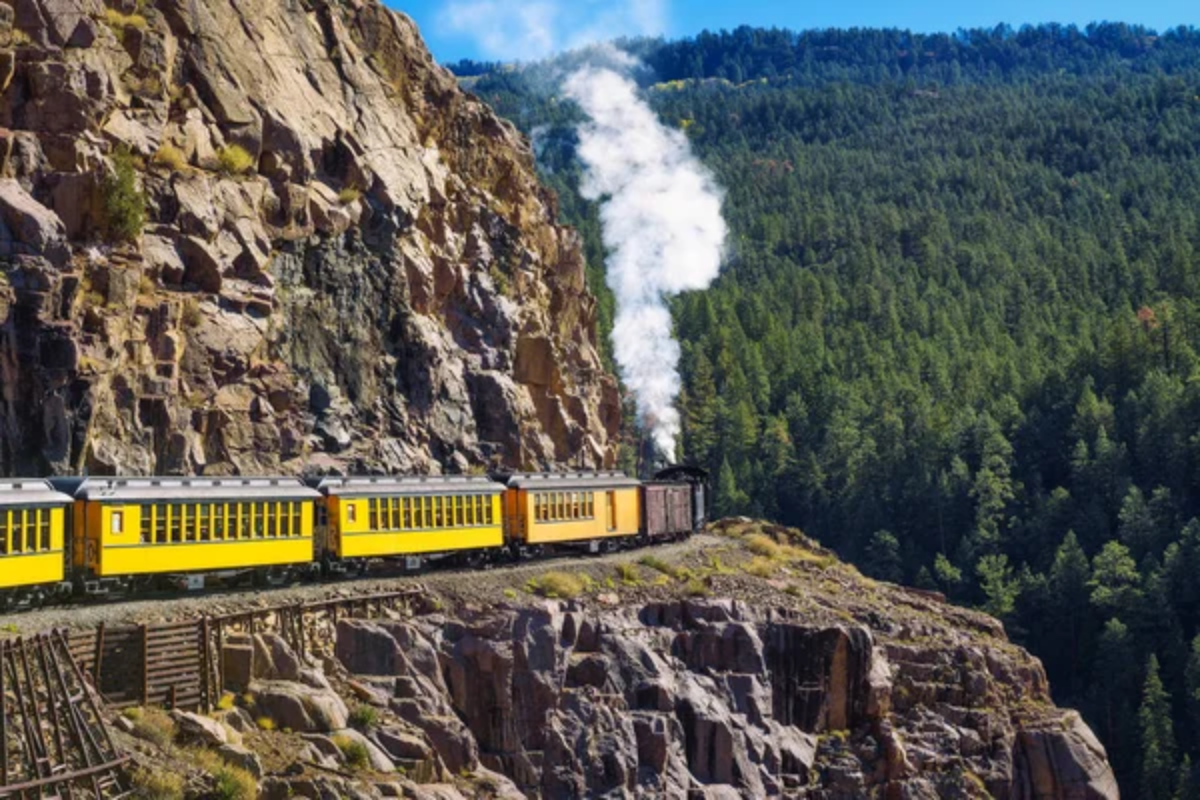
Colorado’s most famous mining railroad continues operating along the same route established in 1882 to serve silver mines in the San Juan Mountains. The coal-fired steam locomotives climb through spectacular Rocky Mountain scenery, following the Animas River through deep canyons and alpine meadows to reach the historic mining town of Silverton.
Original rolling stock and authentic steam engines create an experience virtually unchanged from the frontier era, while the 45-mile journey reveals abandoned mining camps and equipment scattered throughout the wilderness.
Cumbres & Toltec Scenic Railroad
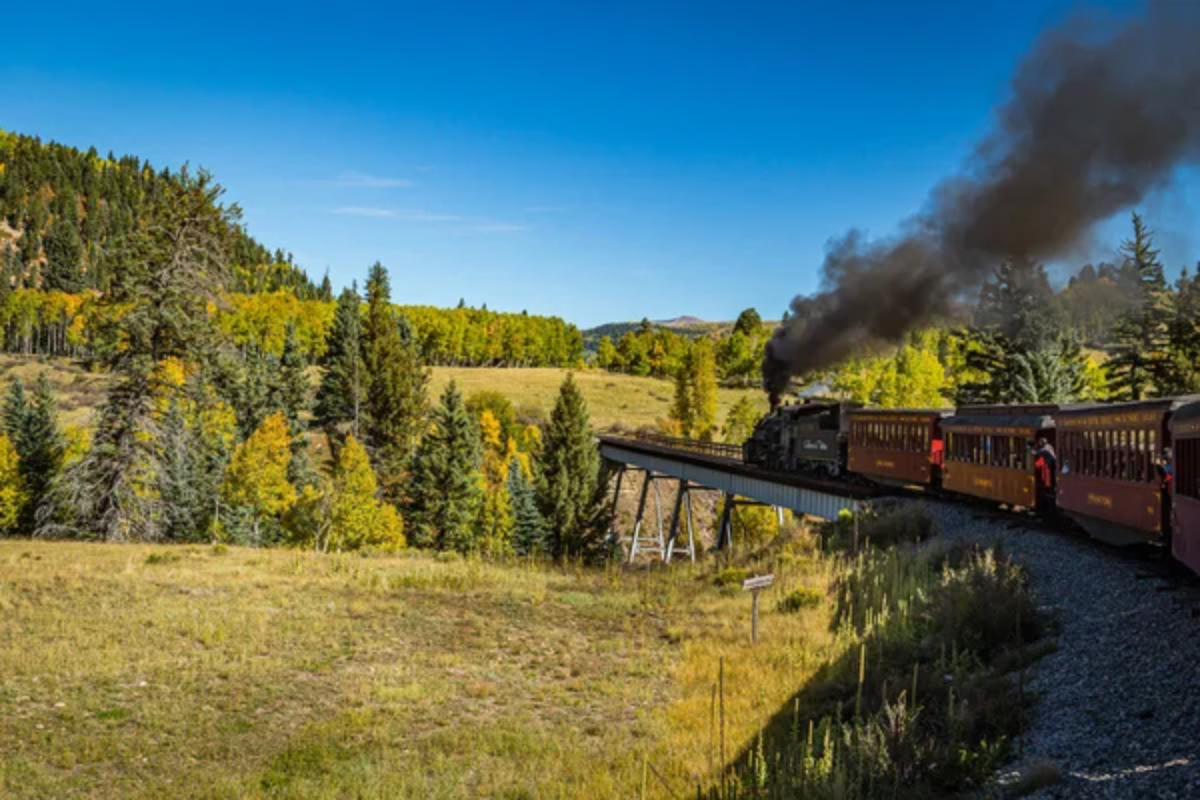
This spectacular narrow-gauge line crosses the Colorado-New Mexico border through some of the highest railroad terrain in North America, reaching elevations above 10,000 feet. The railroad served mining operations throughout the San Juan Mountains, and today’s tours include stops at abandoned mining camps and ghost towns accessible only by rail.
Original Denver & Rio Grande equipment navigates hairpin curves and steep grades that showcase the incredible engineering required to build railroads in such challenging mountain terrain.
Like Travel Pug’s content? Follow us on MSN.
Georgetown Loop Railroad
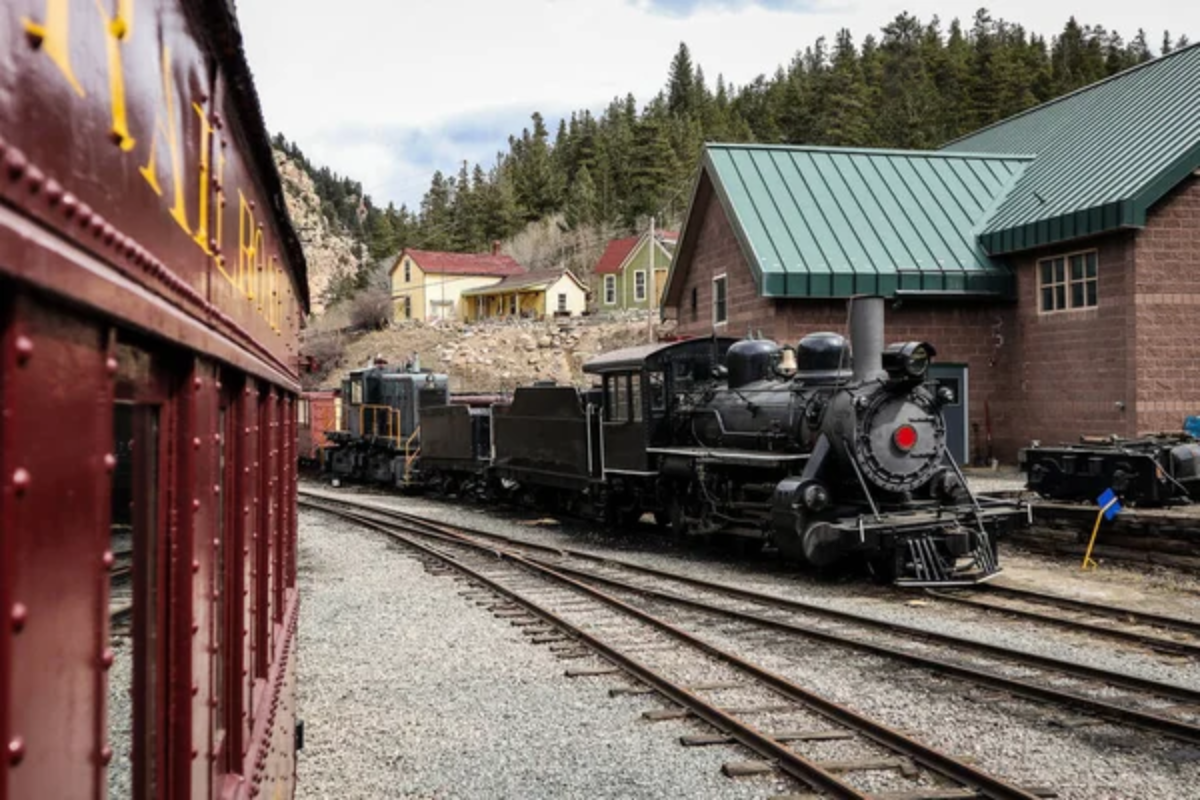
Colorado’s Georgetown Loop demonstrates the ingenious engineering solutions required to gain elevation in steep mountain valleys, featuring a complete spiral that allows trains to climb while crossing over themselves. The railroad connected Georgetown’s silver mines with processing facilities and transportation networks in the late 1800s.
Today’s tours include visits to the Lebanon Silver Mine, where visitors can explore underground tunnels and learn about hard rock mining techniques that extracted millions of dollars in precious metals from these mountains.
White Pass & Yukon Route Railroad
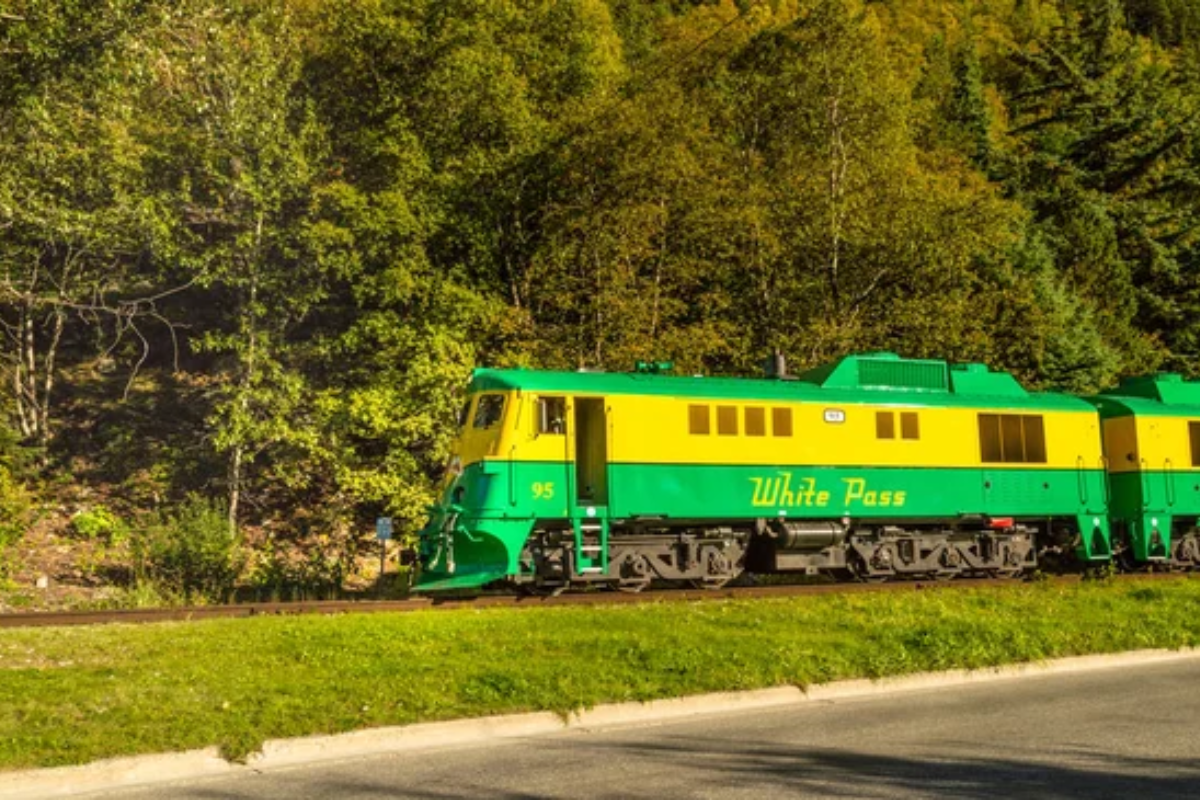
This International Historic Civil Engineering Landmark climbs from sea level in Skagway, Alaska, to the Canadian border through spectacular wilderness that challenged gold rush stampeders in 1898. The railroad was built in just 26 months to serve Klondike gold fields, crossing gorges and climbing steep grades that seemed impossible for the era’s technology.
Modern tours follow the original route past abandoned equipment, ghost towns, and treacherous terrain that claimed many lives during the gold rush years.
Roaring Camp & Big Trees Narrow Gauge Railroad
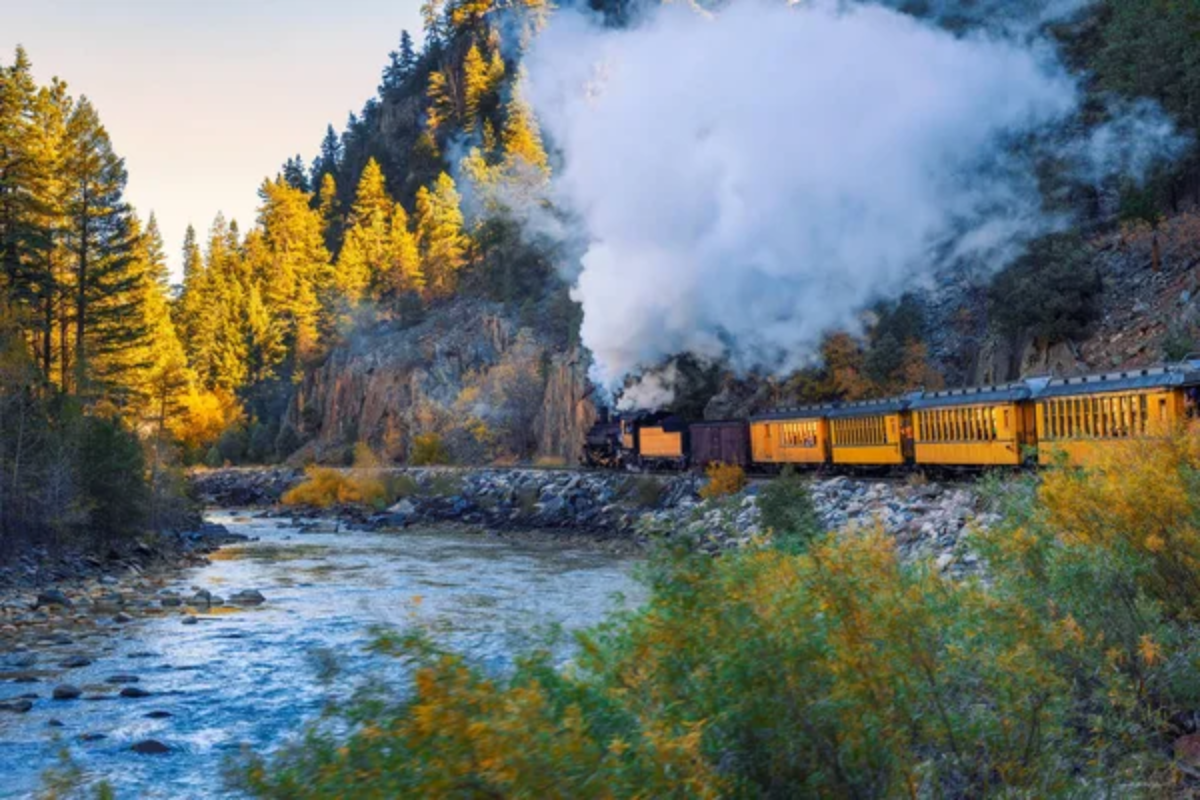
California’s Santa Cruz Mountains are home to an authentic logging and mining railroad that winds through towering redwood forests to reach historic mining and lumber camps. Original steam locomotives dating to the 1880s pull vintage cars through groves of ancient trees, past abandoned mining equipment and remnants of the camps that once housed thousands of workers.
The railroad demonstrates how narrow-gauge lines could access remote natural resources while minimizing environmental impact through lighter construction methods.
Like Travel Pug’s content? Follow us on MSN.
Great Smoky Mountains Railroad
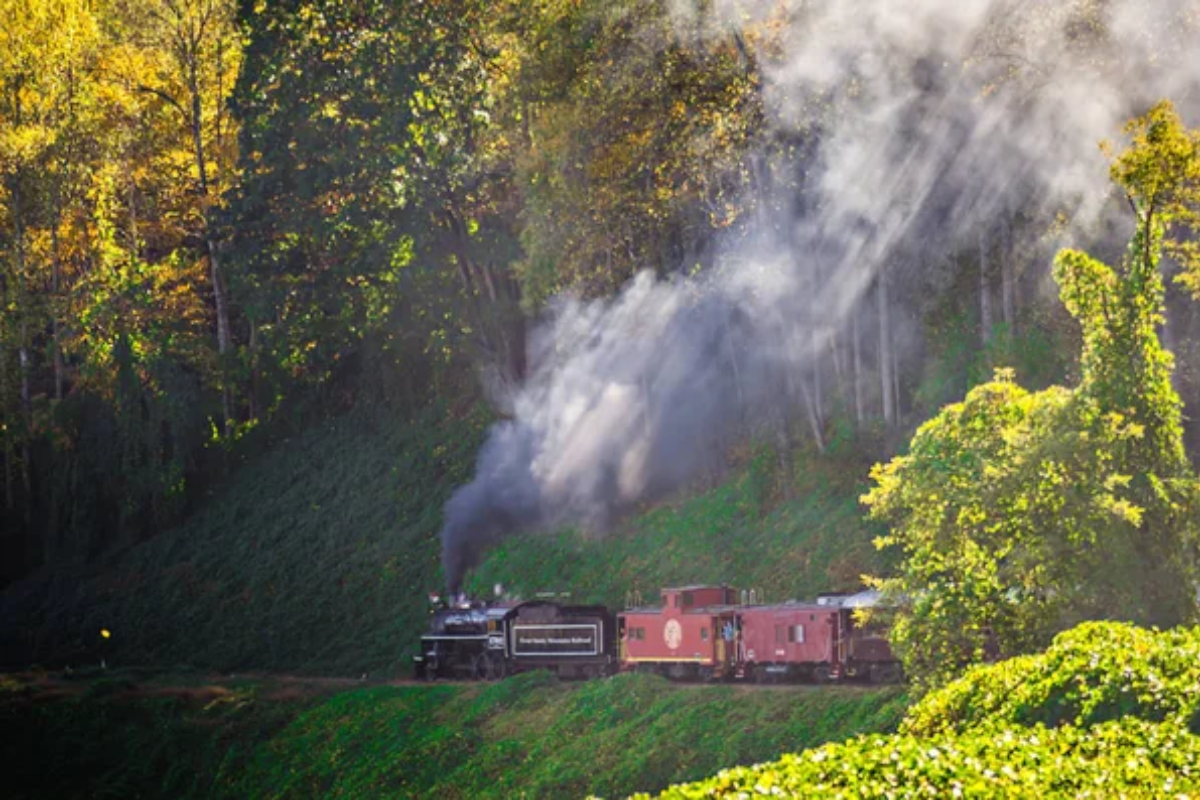
North Carolina’s restored railroad follows routes originally built to serve logging and mining operations throughout the Appalachian Mountains, offering scenic tours through some of the region’s most beautiful wilderness areas. The line served copper mines, logging camps, and small mountain communities that depended entirely on rail transportation for survival.
Today’s diesel and steam-powered excursions include themed trips that focus specifically on mining heritage, with stops at preserved mining sites and interpretive programs about Appalachian resource extraction.
Heber Valley Railroad
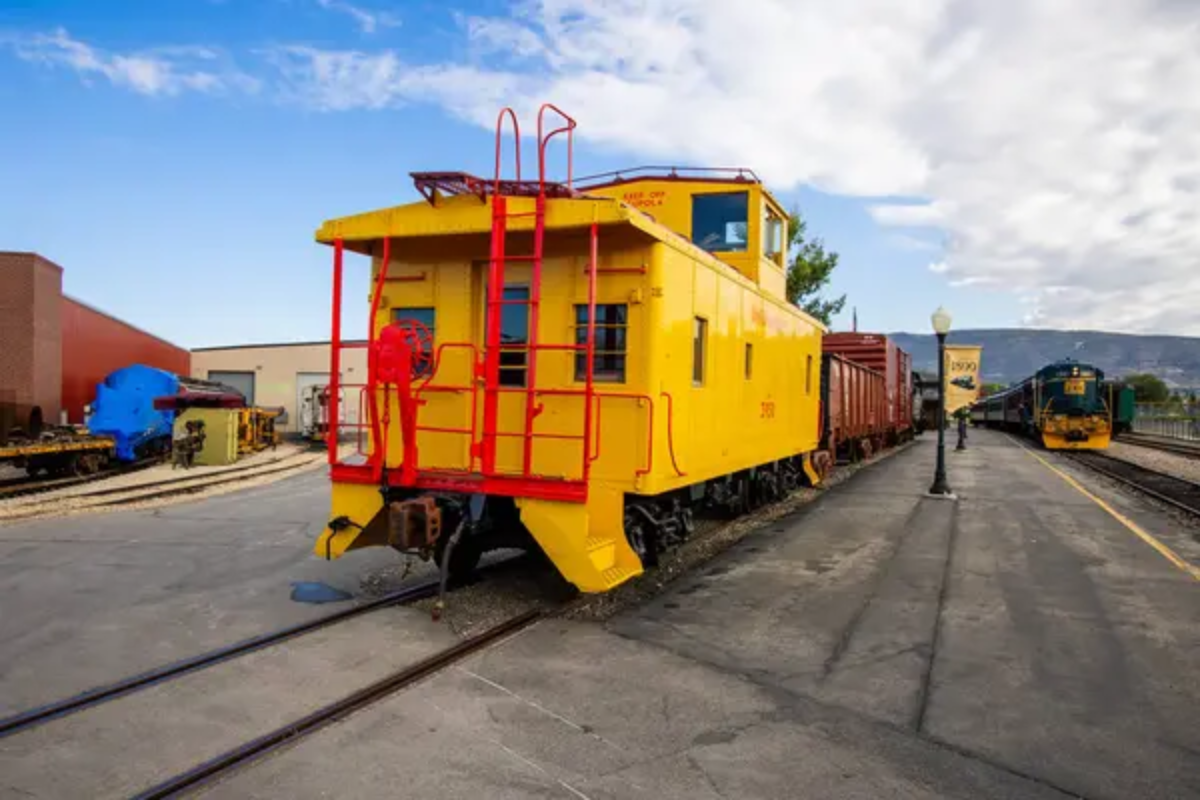
Utah’s mountain railroad operates vintage equipment along routes that originally served mining operations in the Wasatch Mountains, offering spectacular views of Mount Timpanogos and surrounding peaks. The line connected remote mining camps with processing facilities and transportation networks, carrying ore and supplies through challenging mountain terrain.
Modern tours include special mining heritage excursions that visit abandoned mines and ghost towns while explaining the role of railroads in developing Utah’s mineral wealth.
Nevada Northern Railway
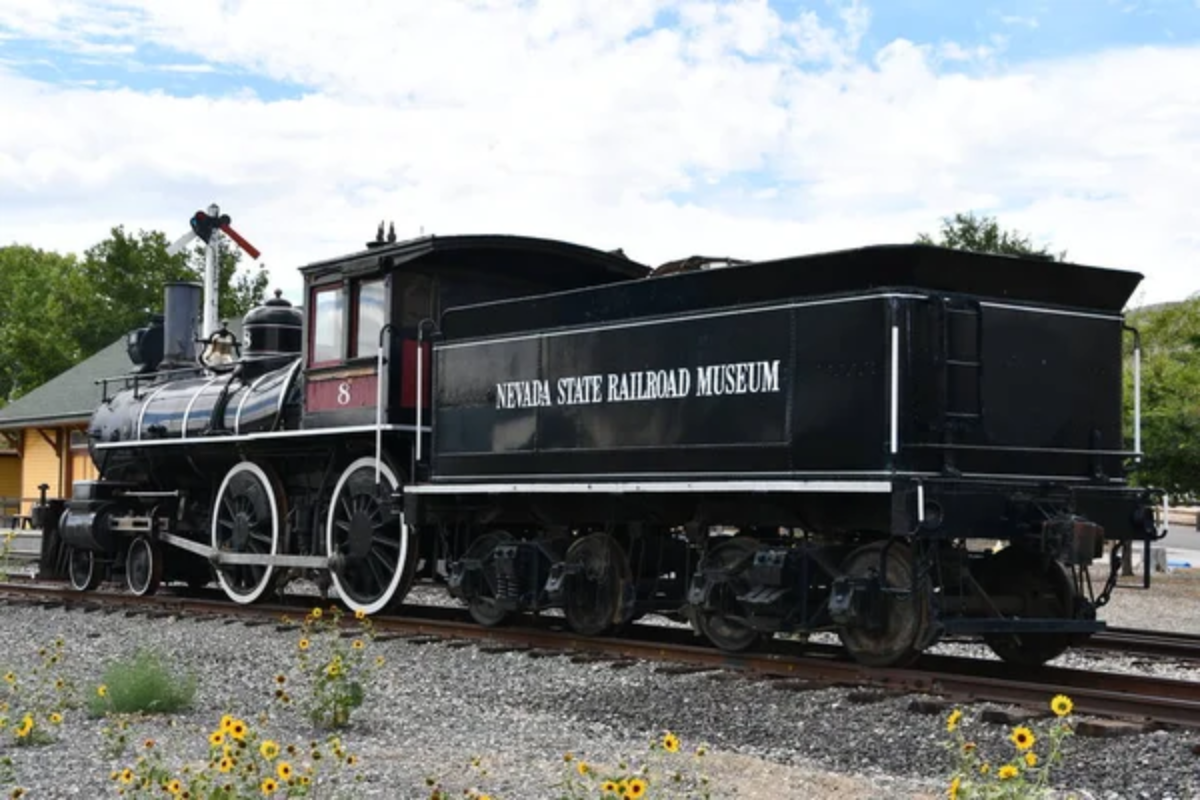
This remarkably preserved railroad in Ely, Nevada, remains virtually unchanged since its construction to serve copper mining operations in the early 1900s. The entire complex, including locomotives, rolling stock, shops, and depot buildings, remains intact as a fully operational museum that showcases authentic mining railroad operations.
Visitors can experience hands-on engineer training, ride in original ore cars, and explore the massive copper mines that generated traffic for this remote desert railroad.
Like Travel Pug’s content? Follow us on MSN.
Leadville, Colorado & Southern Railroad
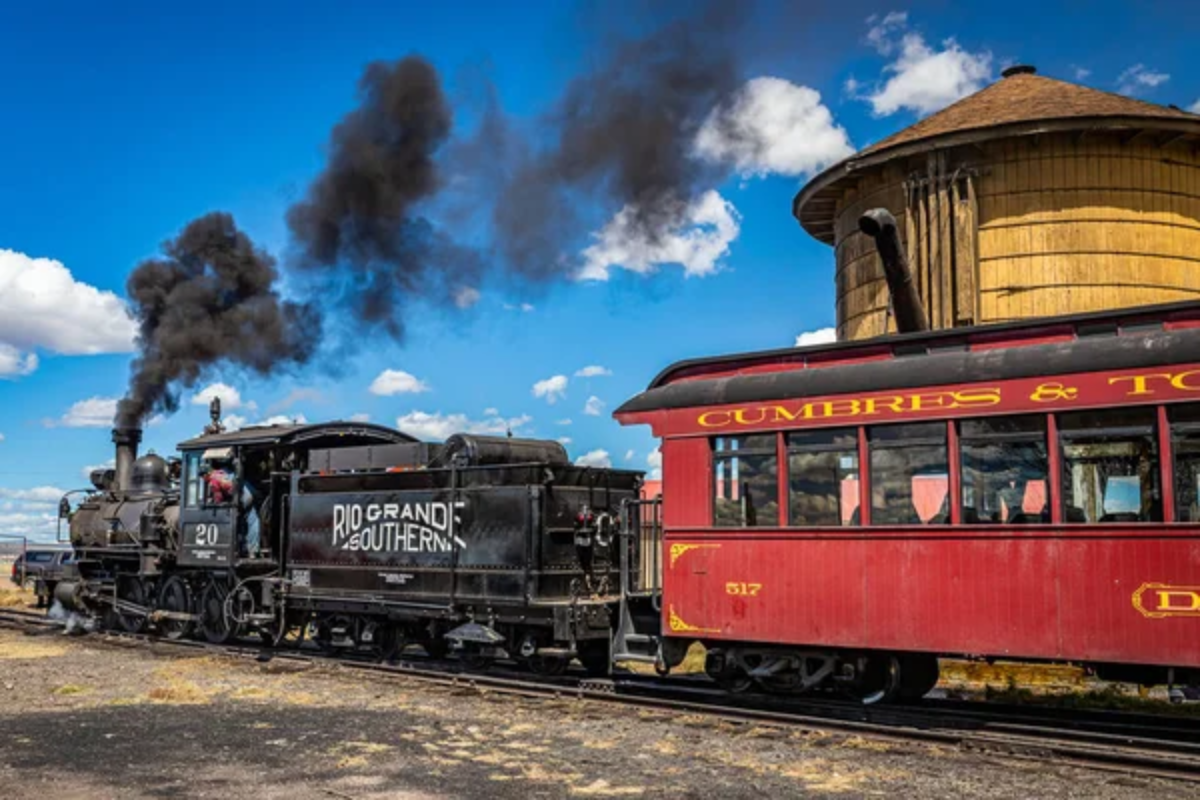
Colorado’s highest standard-gauge railroad climbs to elevations above 10,000 feet through terrain that produced some of America’s richest silver and lead mines. The railroad served the famous mining district around Leadville, carrying ore down treacherous mountain grades while bringing supplies to isolated mining camps.
Today’s tours include stops at abandoned mining sites, providing detailed interpretation of high-altitude mining techniques and the challenges of operating railroads in extreme mountain conditions.
Black Hills Central Railroad
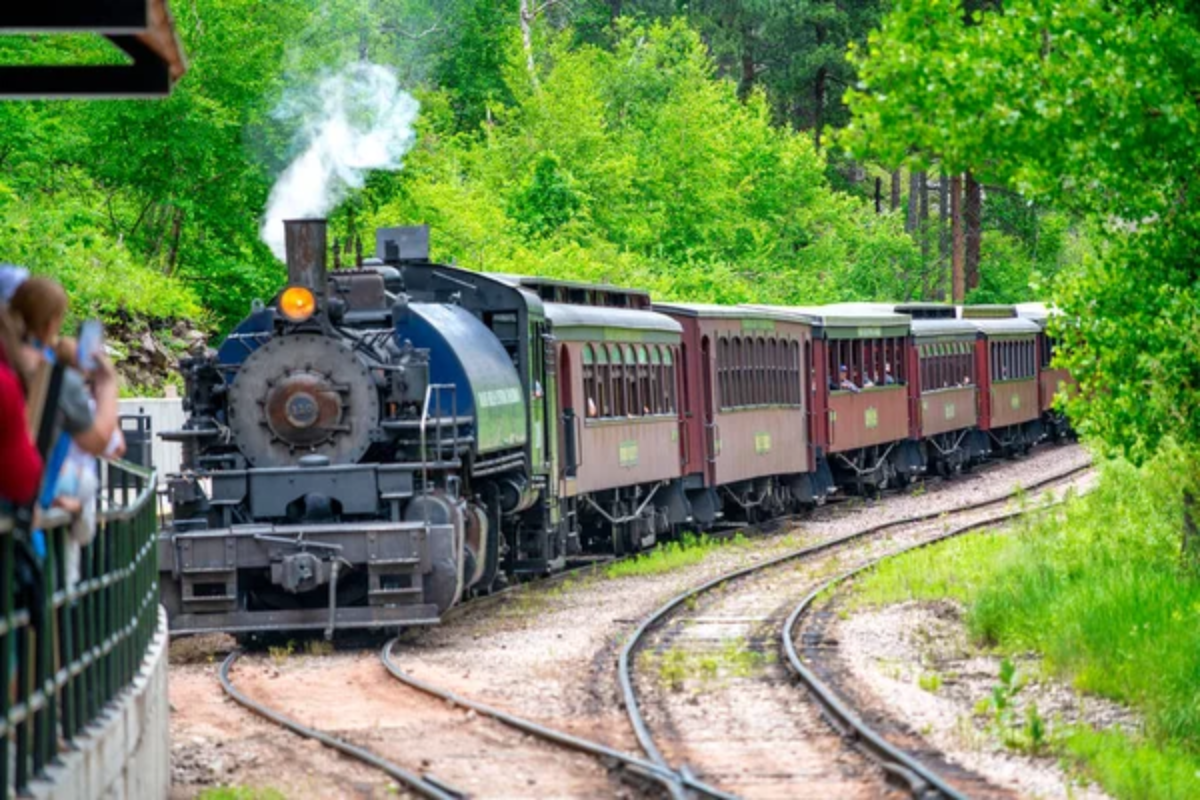
South Dakota’s historic railroad serves the mining region made famous by gold discoveries that led to conflicts with Native American tribes and the development of towns like Deadwood. The line originally carried gold ore from remote mining claims to processing facilities, following routes through the beautiful Black Hills landscape.
Modern steam-powered excursions include stops at mining heritage sites, providing interpretation about both the environmental and cultural impacts of gold mining in this sacred landscape.
Mount Washington Cog Railway
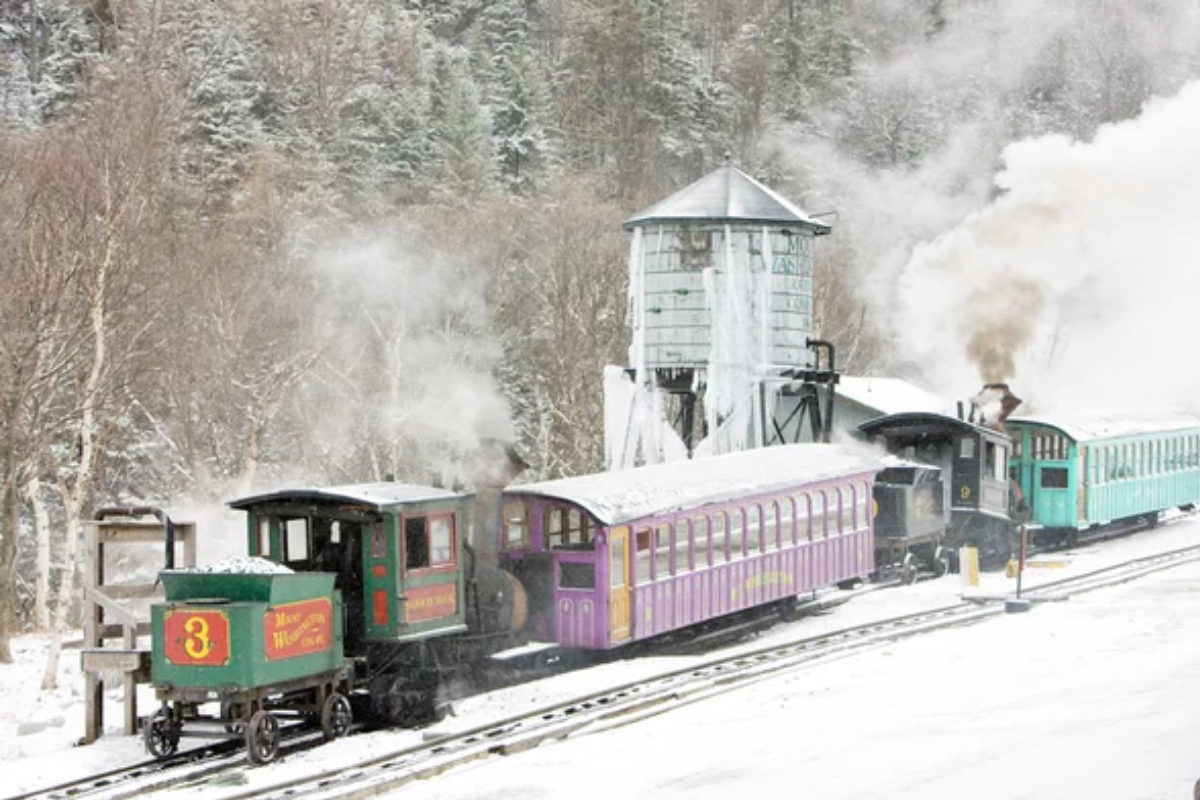
New Hampshire’s remarkable mountain-climbing railroad demonstrates the extreme engineering required to reach mining and logging operations in challenging terrain, using a unique cog system to climb grades up to 37%. While primarily serving tourism today, the railroad originally supported resource extraction operations throughout the White Mountains.
The three-hour round-trip to the summit offers spectacular views while showcasing the incredible determination required to build railroads in seemingly impossible locations.
Like Travel Pug’s content? Follow us on MSN.
East Broad Top Railroad
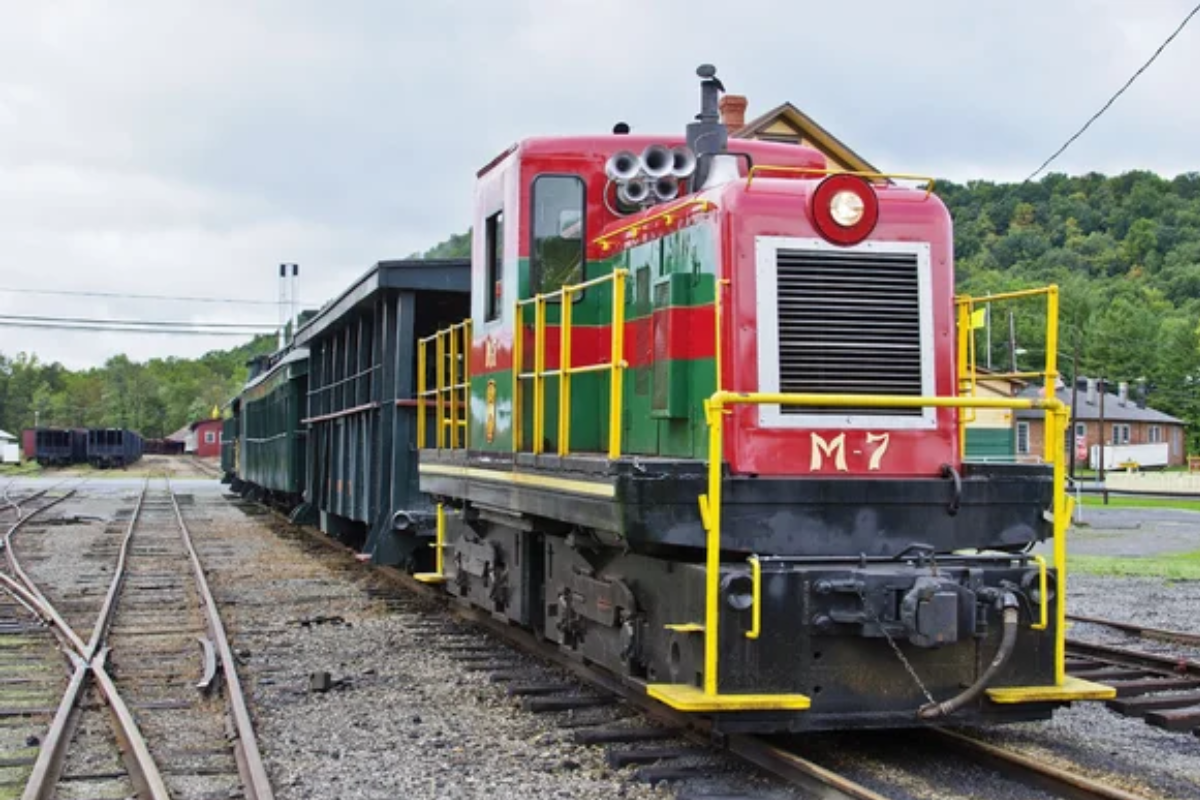
Pennsylvania’s narrow-gauge coal railroad survives as one of the most complete examples of an American mining railroad, with original equipment, shops, and facilities preserved exactly as they appeared during active mining operations. The line served numerous coal mines throughout central Pennsylvania, carrying millions of tons of coal to markets and power plants.
Today’s steam-powered tours include visits to preserved mining sites, providing detailed interpretations of coal mining techniques and the role of railroads in America’s industrial development.
Tweetsie Railroad
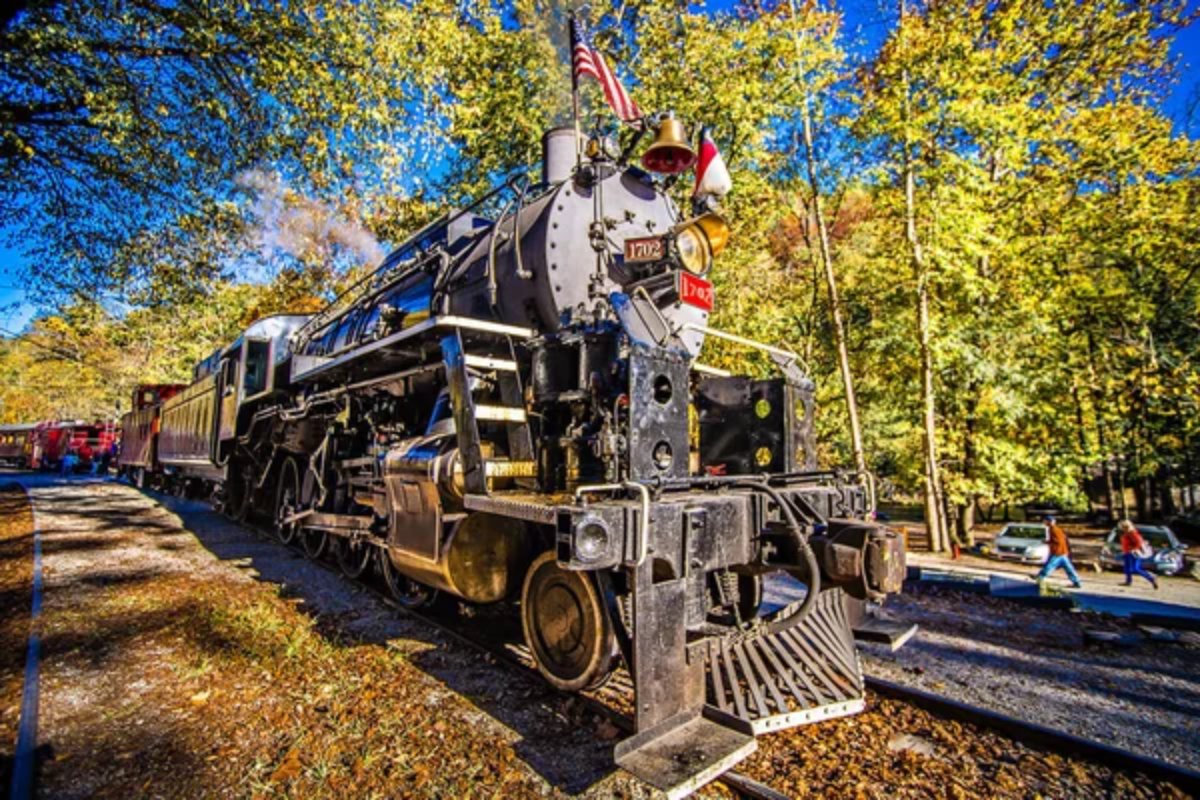
North Carolina’s mountain railroad recreates the frontier atmosphere of mining and logging railroads that served Appalachian resource extraction operations in the late 1800s. The narrow-gauge line winds through beautiful mountain scenery while providing family-friendly entertainment that includes staged train robberies and Wild West shows.
The experience captures the excitement and danger of frontier railroading while educating visitors about the vital role these lines played in developing mountain communities.
Virginia & Truckee Railroad
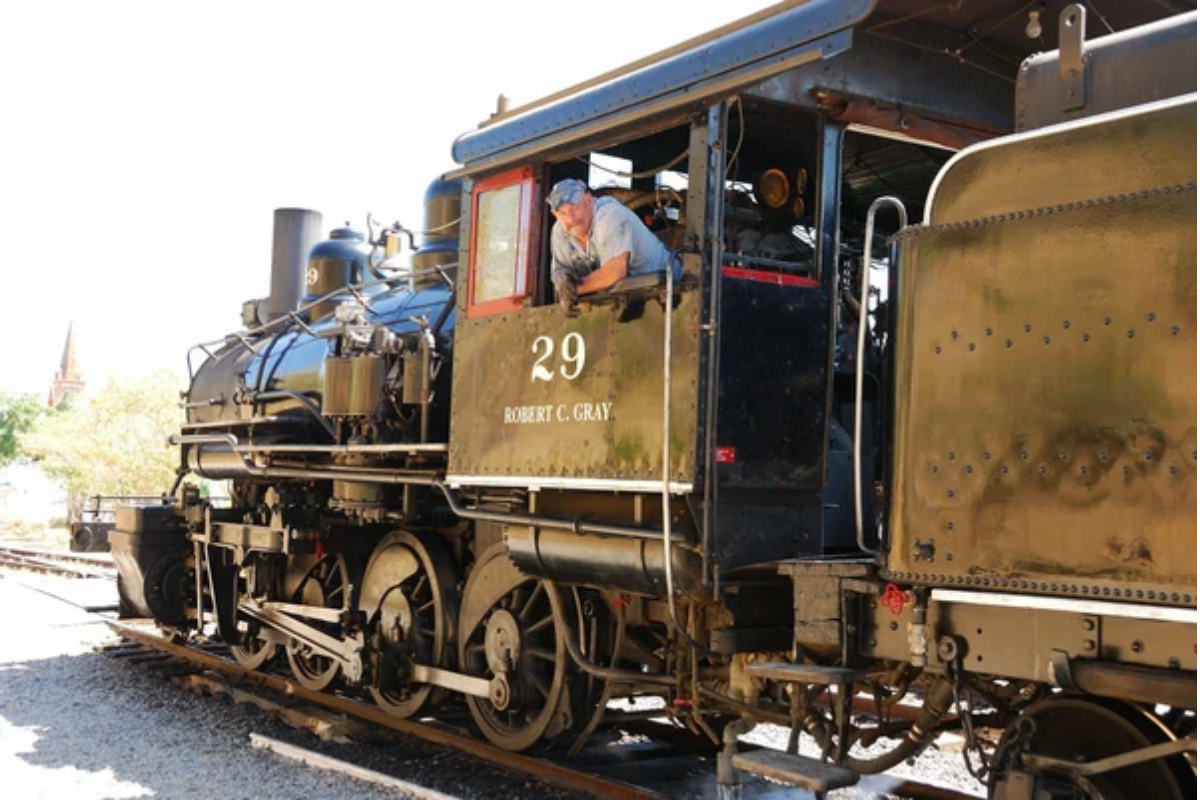
Nevada’s restored railroad follows the original route that served the legendary Comstock Lode silver mines, carrying ore from Virginia City to processing facilities in Carson City. The line generated enormous wealth during the silver boom years and featured some of the most advanced railroad technology of its era.
Modern tours include stops in historic Virginia City, where visitors can explore preserved mining sites and learn about the sophisticated engineering required to extract silver from deep underground mines.
Like Travel Pug’s content? Follow us on MSN.
Colorado Railroad Museum
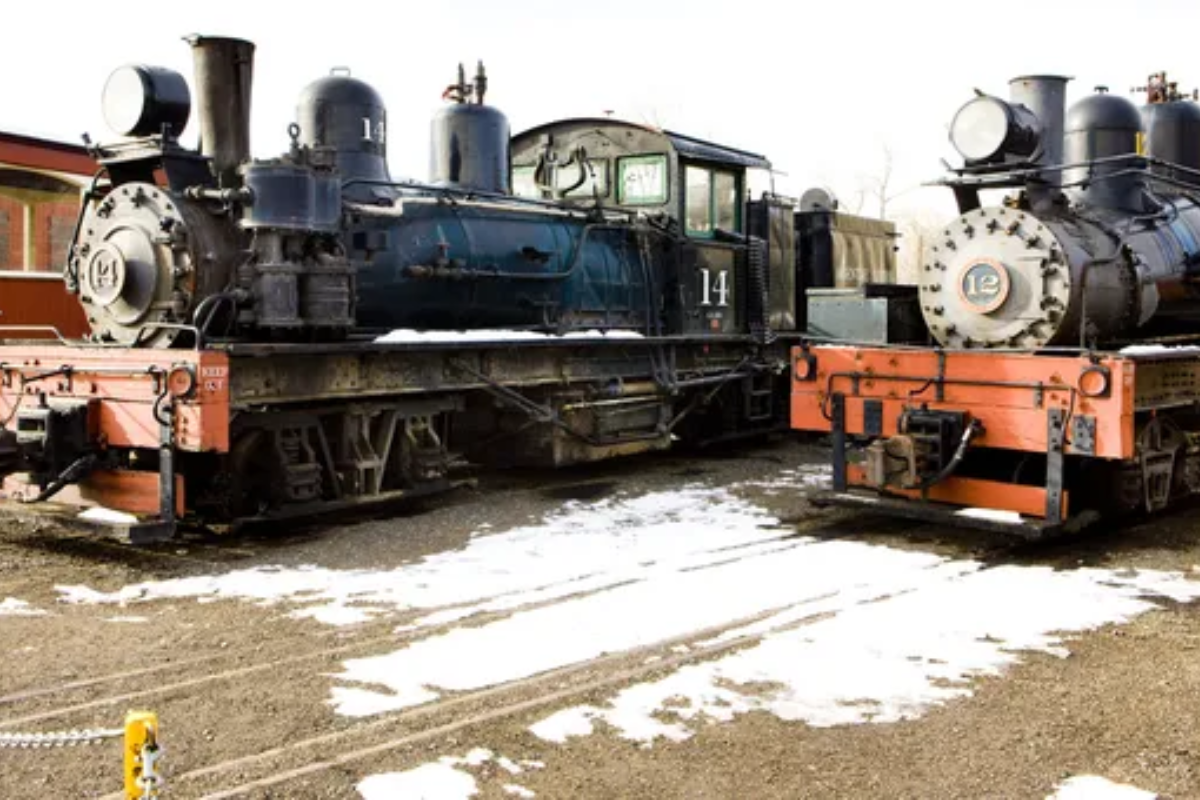
While primarily a museum, this facility offers train rides on historic equipment, providing a comprehensive interpretation of Colorado’s mining railroad heritage. The collection features locomotives and cars from major mining railroads throughout the state, along with exhibits that highlight the crucial role railroads played in developing Colorado’s mineral wealth.
Special events include operating demonstrations of historic mining equipment and detailed presentations about railroad construction in extreme mountain environments.
Boone & Scenic Valley Railroad

Iowa’s restored railroad follows routes originally built to serve coal mining operations, offering scenic tours through beautiful river valleys while interpreting the region’s mining heritage. The line illustrates how railroads served not only major mining operations but also smaller coal mines that supplied local markets and provided heating fuel.
Steam and diesel-powered excursions include stops at preserved mining sites, providing interpretation of coal mining techniques and railroad operations in the Midwest.
McKinney Falls State Park Railroad
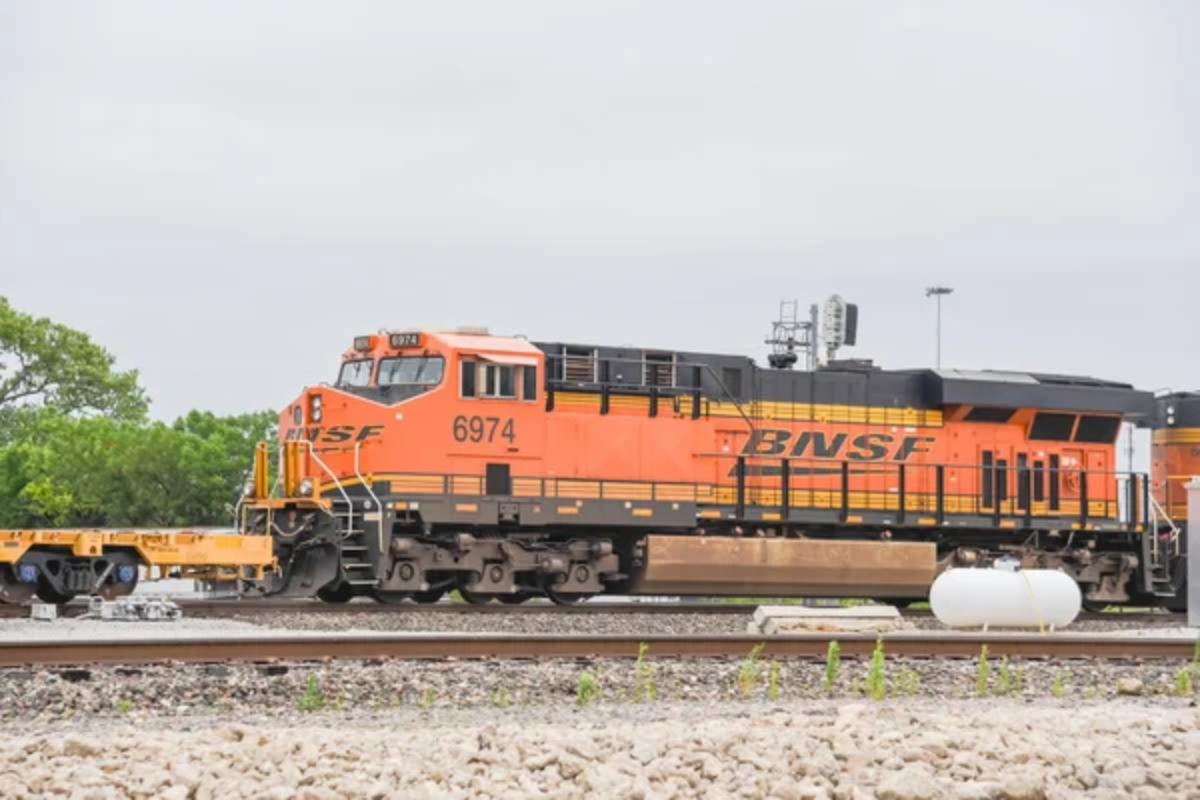
Texas preserves remnants of railroads that served limestone quarries and other mining operations, offering interpretive tours that explain the role of rail transportation in developing the state’s mineral resources. The park features preserved railroad grades, bridges, and equipment that showcase the engineering challenges of constructing railroads in Texas’s rugged terrain.
Educational programs focus on how railroads enabled the development of construction materials industries that built growing Texas cities.
Like Travel Pug’s content? Follow us on MSN.
Golden Gate Park Railroad
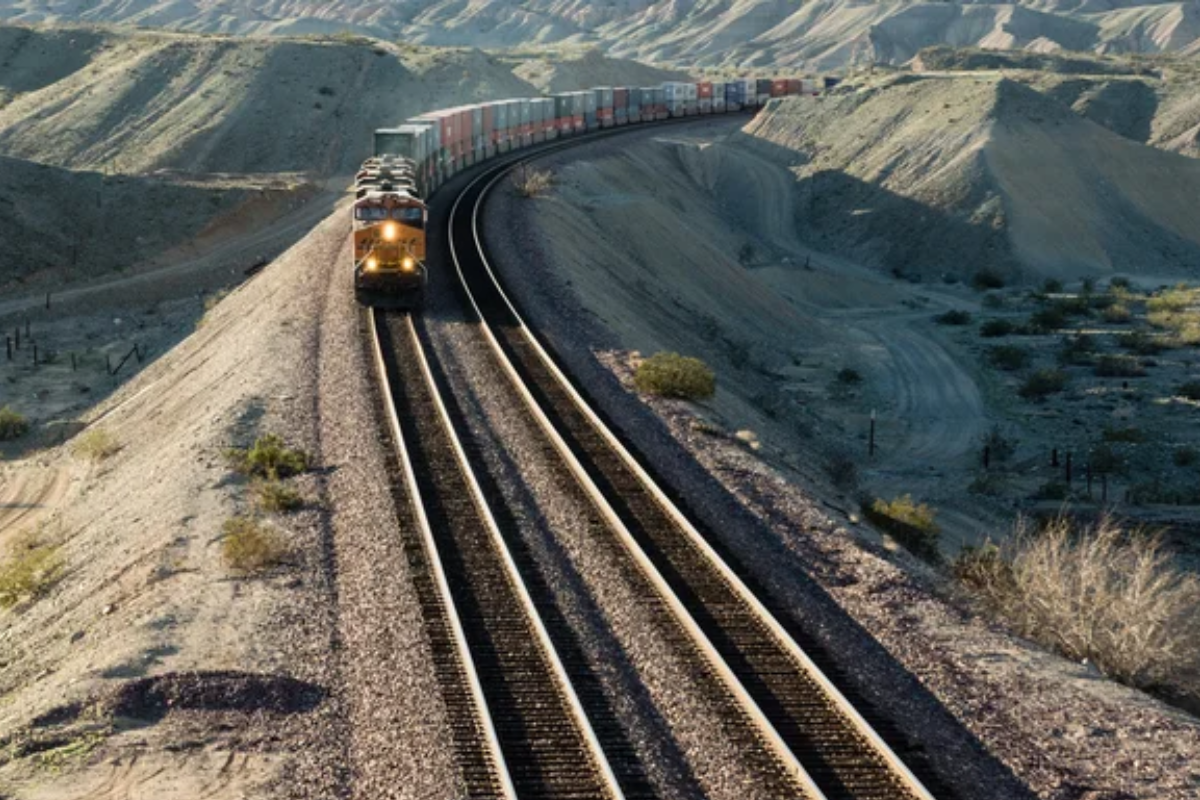
California’s preserved railroad includes equipment and exhibits that interpret the role of railroads in serving mining operations throughout the state, from gold rush narrow-gauge lines to modern freight operations. The facility offers rides on historic equipment while providing education about California’s diverse mining heritage and the railroads that made resource extraction economically viable.
Special programs focus on specific mining regions and the unique challenges of building railroads in California’s varied geography.
Museum of the American Railroad
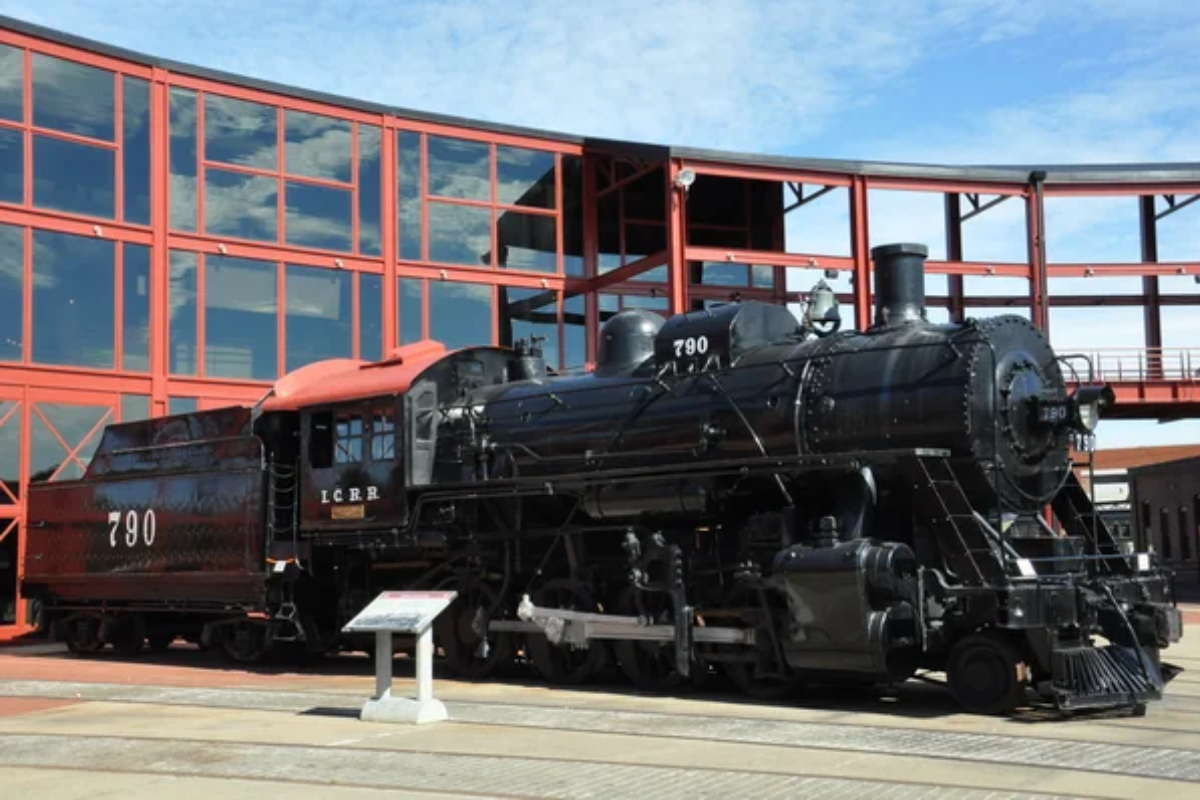
Texas preserves an extensive collection of mining railroad equipment and offers educational programs about the role of railroads in developing American mineral resources. The museum features locomotives and cars from major mining operations nationwide, along with exhibits that explain how railroad technology evolved to meet the specific challenges of hauling heavy ore loads through difficult terrain.
Special events include operating demonstrations and detailed presentations about mining railroad operations.
Illinois Railway Museum

This comprehensive facility preserves equipment from mining railroads throughout the Midwest while offering train rides and educational programs about the region’s coal mining heritage. The collection includes electric locomotives that served coal mines, along with specialized ore cars and other equipment designed specifically for mining operations.
Interactive exhibits explain how railroads enabled the development of coal mining, which powered American industry, and how changing technology affected both mining and railroad operations.
Like Travel Pug’s content? Follow us on MSN.
Iron Rails Through Golden Dreams

These historic mining railroads preserve the engineering achievements and entrepreneurial spirit that drove America’s westward expansion and industrial development. Each line tells stories of incredible determination, innovative problem-solving, and the pursuit of wealth that motivated people to build transportation systems through seemingly impossible terrain.
The restored railroads provide tangible connections to an era when mineral extraction drove economic growth and created communities in remote locations that would otherwise have remained inaccessible. Modern tours allow visitors to experience the same breathtaking scenery and engineering marvels that amazed travelers over a century ago, while learning about the environmental and social impacts of mining that continue to shape American communities today.
These railroad experiences remind us that the pursuit of natural resources required not only finding valuable minerals, but also creating the transportation infrastructure necessary to make extraction economically viable and profitable.
More from Travel Pug

- 20 Best Beach Towns in the Carolinas
- 13 Destinations Where Tourists Regularly Regret Their Trip
- 20 Destinations That Are More Magical Without an Itinerary
- 20 Underrated Adventures That Belong on Your Travel List
- 20 Cities Where You Should Just Wing It, No Planning Required
Like Travel Pug’s content? Follow us on MSN.
